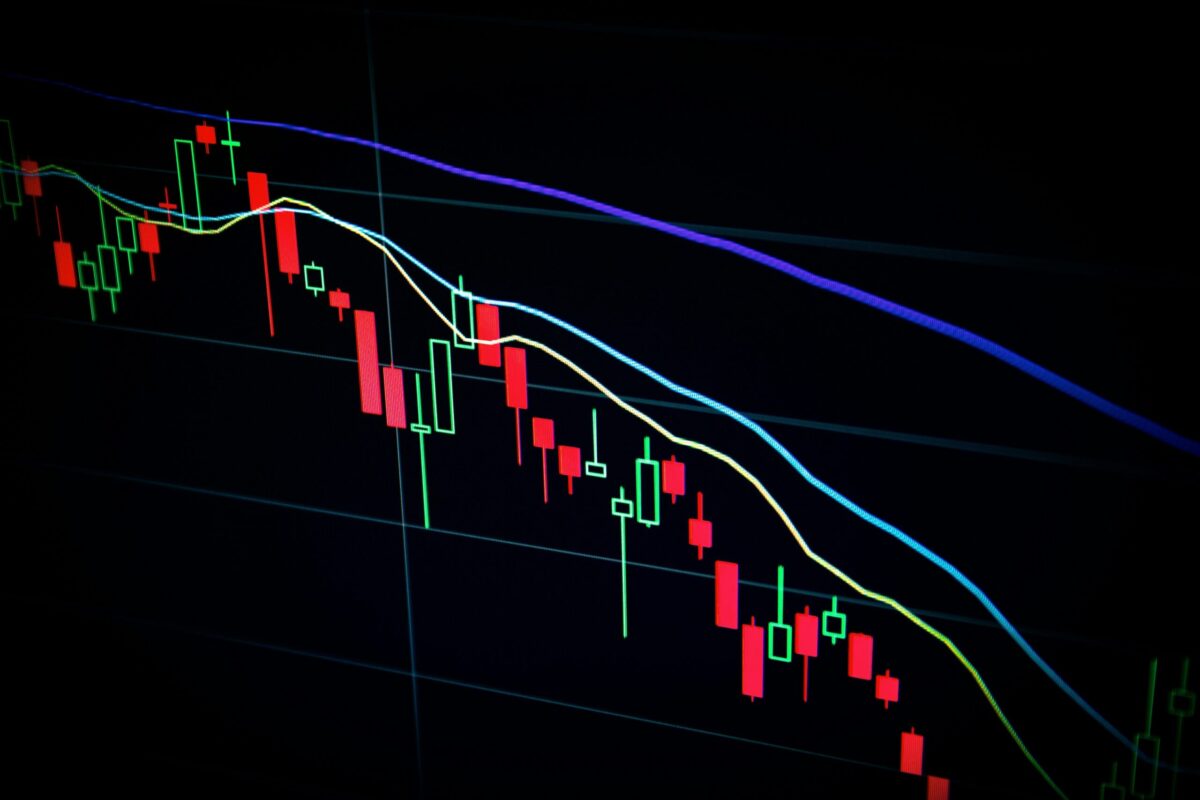In a recently published blog post, Ethereum co-founder Vitalik Buterin talked about the different types of layer-2 (L2) blockchains and their evolving approaches.
According to him, there has been a rapid expansion of the Ethereum L2 ecosystem. Most of them now differ in their approaches to bring greater scaling capacity, lower costs and increased security.
This includes the Ethereum Virtual Machine (EVM) rollup ecosystem featuring Arbitrum, Optimism and Scroll, and more recently Kakarot and Taiko. Buterin thinks that these have been progressing quickly when it comes to improving their security.
Sidechains, like Polygon, have also been building their own rollups. Layer-1 (L1) projects like Celo have been observed moving toward being validiums and the list also includes “almost-EVMs” like zkSync, extensions like Arbitrum Stylus and zero-knowledge proof pioneers Starknet as important players who have been driving the scaling technology for the ecosystem.
One of the inevitable consequences of this, Buterin thinks, is a rising trend of L2 projects becoming more heterogeneous and diverse. He then laid out a few reasons for the same.
Some independent L1 projects aim to integrate more closely with the Ethereum ecosystem and possibly become L2s, said the co-founder. They prefer a step-by-step transition because transitioning all at one would result in a decrease in usability.
The other reason is how centralised projects are exploring blockchain-based routes to enhance its security. In most cases, these would be those projects that would have explored “permissioned consortium chains” previously. Since they often have a very high level of throughput, they come out as unsuitable even for rollups, at least in the short term.
The last reason laid out by Buterin for the trend towards heterogeneity was non-financial applications like games or social media. These seek decentralisation but with varying security levels.
When it comes to a social media case, different parts of the app would have to be treated differently. Rare and high-value activity like username registration and account recovery should be done on a rollup, but frequent and low-value activity like posts and votes need less security.
Here, he added saying that if a chain failure causes a post to disappear, it would be an acceptable cost. However, a chain failure leading to the loss of an account would be a much bigger problem.
He then went on to cover the costs associated with paying for rollup fees. According to him, applications and users that are on the Ethereum L1 today will be fine paying smaller and visible rollup fees in the short term. However, users from the non-blockchain world will not be okay with the same.
Giving an example, he said: “…It’s easier to justify paying $0.10 if you were paying $1 before than if you were paying $0 before. This applies both to applications that are centralised today, and to smaller layer 1s, which do typically have very low fees while their user base remains small.”
The Ethereum co-founder also explored the trade-offs between different rollup solutions and systems that offer varying scaling capabilities to the ecosystem. Intermediate options exist between rollups and validiums, and between plasma and validiums.
There are different factors that influence the choice between rollups and validiums like the cost of Ethereum’s native data availability and an application’s specific needs along with user trade-offs between fees and application failures.
Ultimately, Buterin says that “connectedness” to Ethereum hinges on two key dimensions. One is the security of withdrawing to Ethereum and the other is the security of reading Ethereum. Both dimensions have multiple ways of measuring them, leading to a spectrum of design choices.
As noted by the co-founder, there’s value in projects across this design spectrum, with some requiring tight integration and high security, while others can opt for looser connections for greater scalability. He wrapped it up by saying: “In many cases, starting with something looser today, and moving to a tighter coupling over the next decade as technology improves, may well be optimal.”


